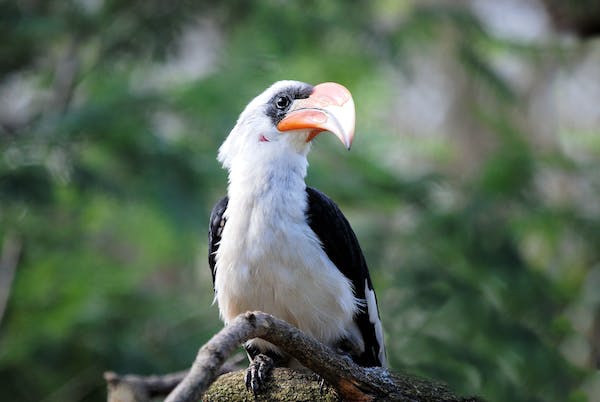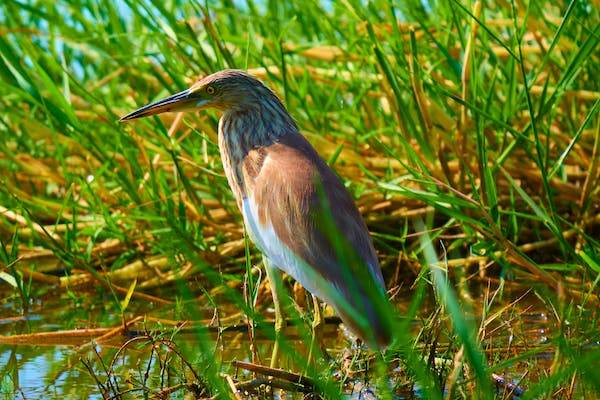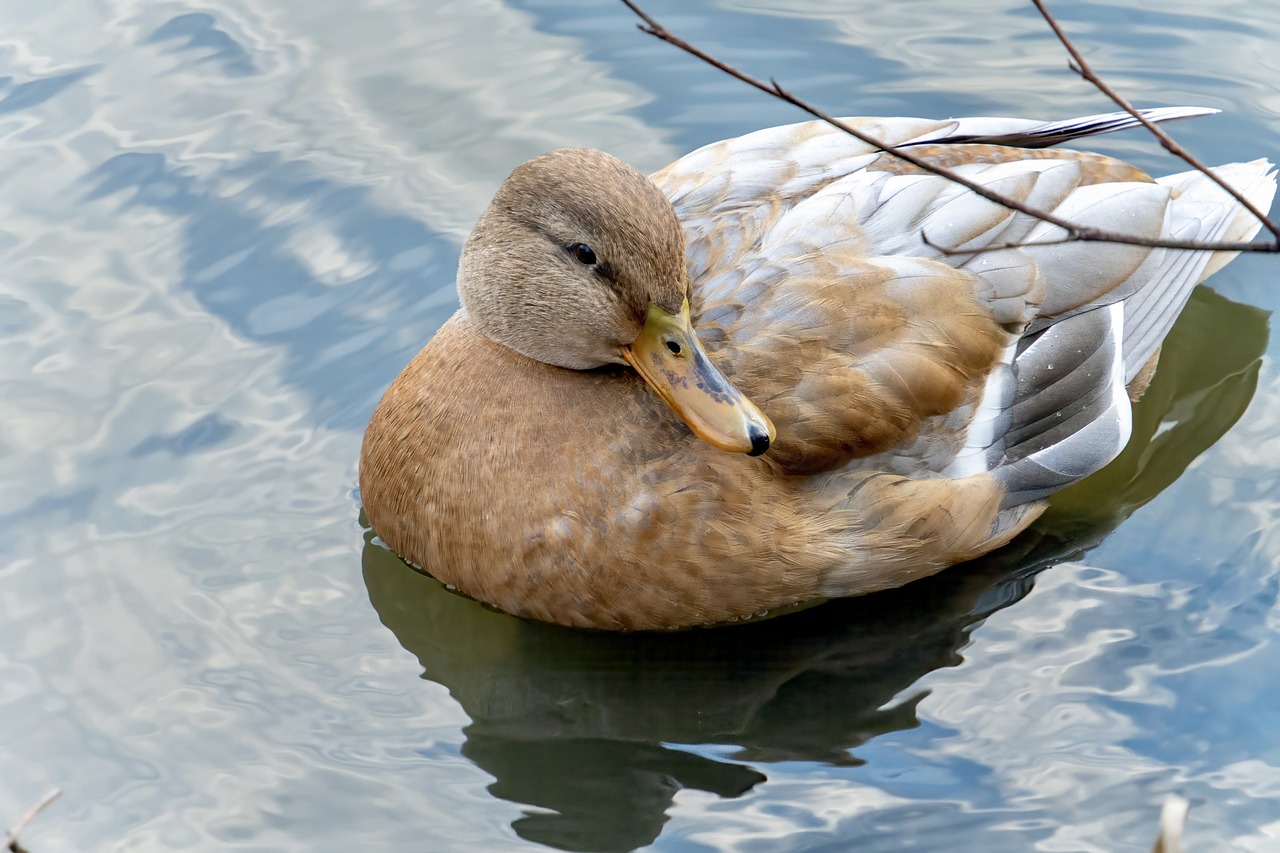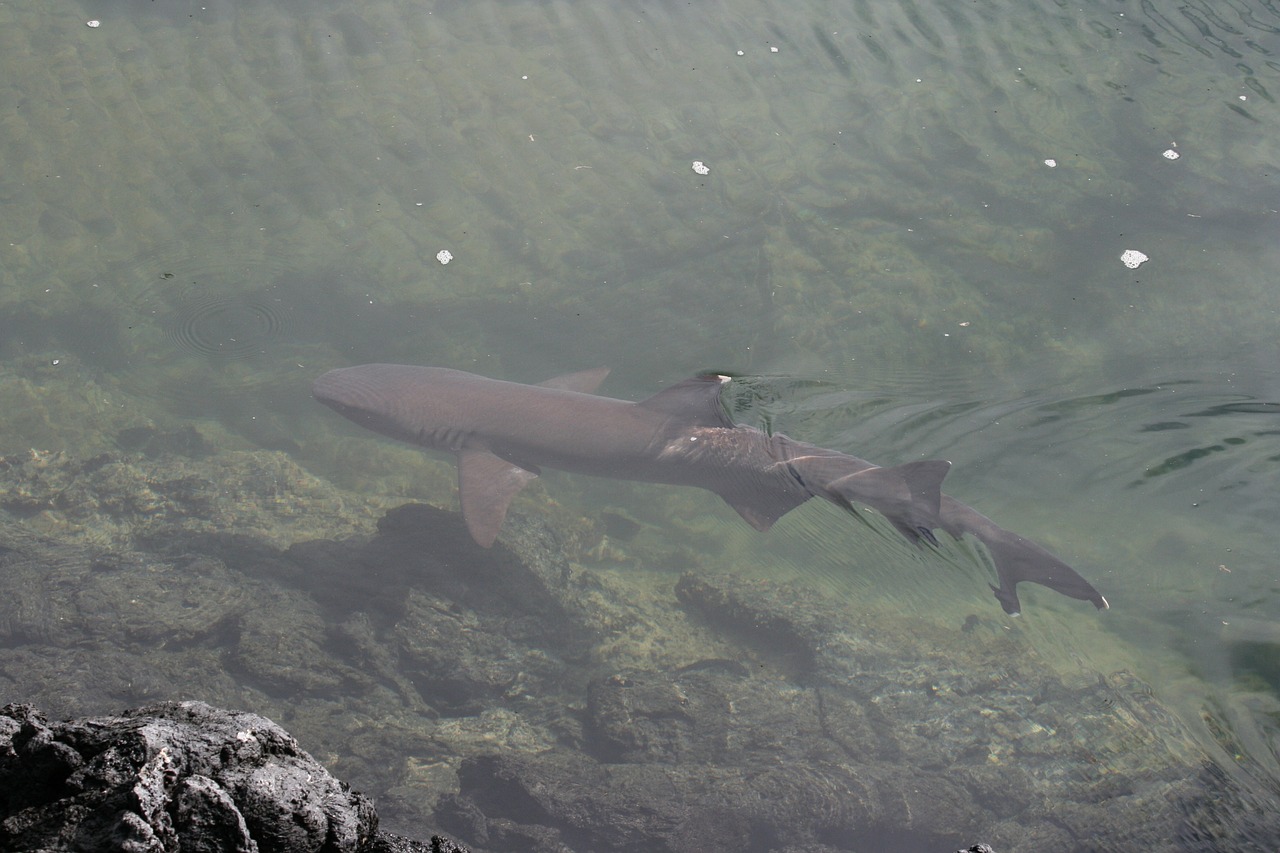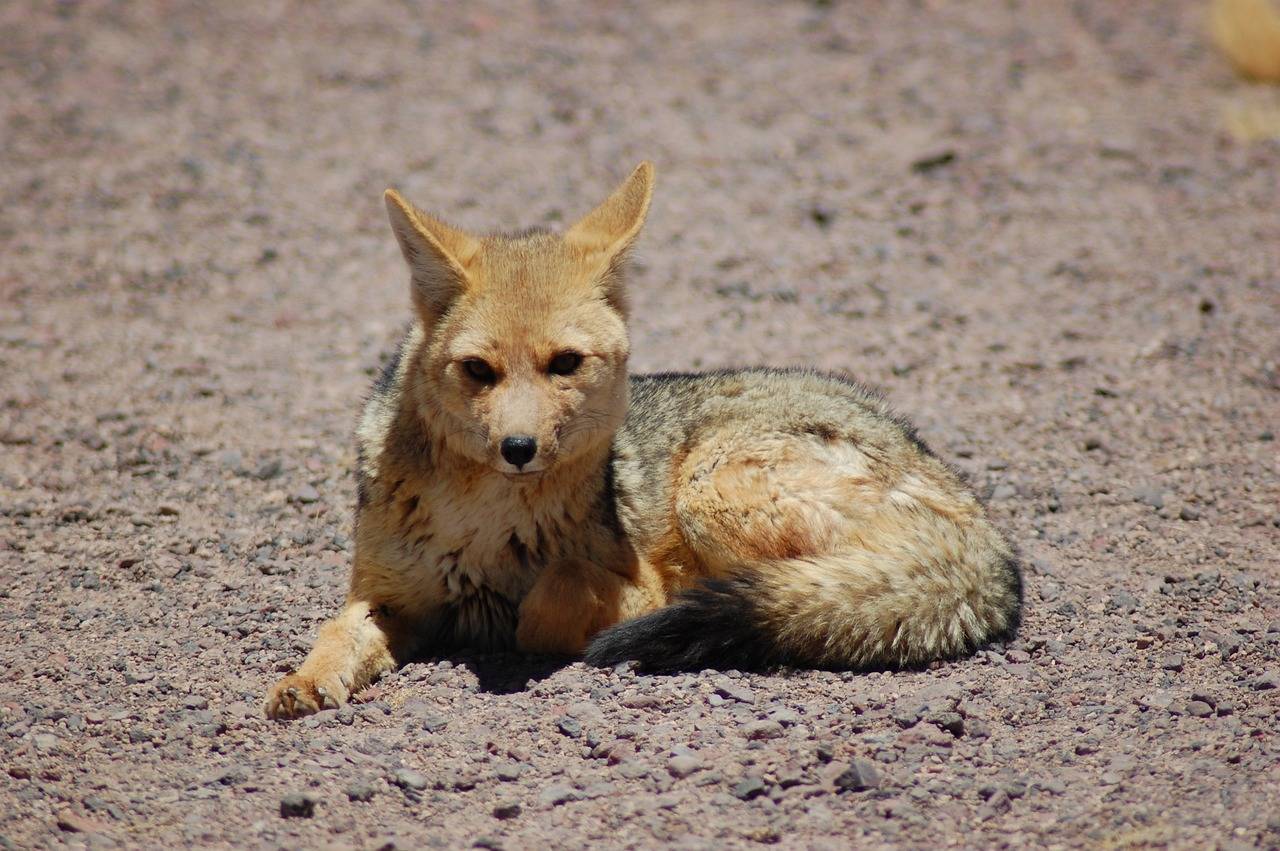Introduction
The Trumpeter Hornbill, a distinctive bird species, is a marvel of the avian world, known for its striking appearance and unique behaviors. Native to the forests and woodlands of Africa, this bird has captivated ornithologists and nature enthusiasts alike. Our article delves into the fascinating life of the Trumpeter Hornbill, shedding light on its habits, habitat, and the role it plays in the ecosystem.
Distinctive Features and Behavior
The Trumpeter Hornbill, scientifically known as Bycanistes buccinator, is easily recognizable by its large size and the impressive casque-topped bill, which is particularly prominent in males. The bird’s plumage is predominantly black and white, offering a stark contrast to the lush greenery of its natural habitat.
One of the most remarkable aspects of the Trumpeter Hornbill is its vocalization, reminiscent of a trumpet, which serves as a communication tool among members of the species.
Habitat and Distribution
Thriving in the dense forests and woodlands of sub-Saharan Africa, the Trumpeter Hornbill has adapted well to its environment. It prefers regions with abundant fruit-bearing trees, which constitute the majority of its diet. The bird is often found in both lowland and montane forests, displaying a versatility that allows it to inhabit a range of altitudes.
Diet and Foraging Habits
A frugivore at heart, the Trumpeter Hornbill primarily feeds on fruits, particularly favoring those of the fig trees. Its diet is supplemented with insects, small animals, and even the occasional reptile, showcasing the bird’s opportunistic feeding behavior.
The hornbill’s foraging technique is a spectacle in itself, as it skillfully maneuvers through the tree canopy in search of food.
Breeding and Nesting Practices
The breeding behavior of the Trumpeter Hornbill is as intriguing as its diet. The species is known for its unique nesting ritual, where the female seals herself in a tree cavity, leaving only a small slit open. This slit is where the male delivers food to the female and, eventually, to their chicks.
This remarkable strategy protects the nestlings from potential Predators and highlights the strong bond between mating pairs.
Lifespan of Trumpeter hornbill
The Trumpeter Hornbill’s lifespan is an interesting aspect that highlights the bird’s resilience and the challenges it faces throughout its life. In the wild, these birds are known to live for approximately 20 years, although there are instances where individuals have lived longer under optimal conditions.
In captivity, with the absence of predators and the provision of regular, nutritious diets, Trumpeter Hornbills can live even longer, with some birds reaching ages beyond 30 years.
Impact on Lifespan
Efforts to conserve the Trumpeter Hornbill and its habitat directly contribute to the species’ longevity by addressing some of the key factors that can cut its life short. Conservation programs that focus on habitat protection, reforestation, and the creation of wildlife corridors help ensure that Trumpeter Hornbills have access to adequate food sources and nesting sites.
Moreover, by reducing human-wildlife conflict and implementing measures to control illegal hunting and trapping, these programs play a critical role in safeguarding the species.
Research and Conservation Efforts
Research on the Trumpeter Hornbill has provided valuable data on its feeding habits, breeding behaviors, and migration patterns. Such studies are crucial for developing effective conservation strategies.
Conservationists emphasize the importance of protecting the bird’s habitat, which is increasingly under threat from deforestation, agricultural expansion, and urban development. Establishing protected areas and national parks has been a key strategy in conserving the habitats essential for the survival of these birds.
Additionally, rehabilitation programs for injured or displaced hornbills have been initiated in some regions. These programs not only help in the recovery and release of these birds back into the wild but also serve as educational platforms to raise awareness about the species and the challenges it faces.
Public Awareness and Community Involvement
Increasing public awareness about the Trumpeter Hornbill and its role in the ecosystem is fundamental. Educational programs that highlight the importance of biodiversity and the specific roles different species play can foster a sense of stewardship in local communities and among the general public.
Engaging communities living in close proximity to the hornbill’s habitat in conservation efforts has shown promising results in several areas. By involving local residents in ecotourism initiatives, for example, economic benefits can be linked to the wellbeing of the natural habitats and the species that inhabit them.
The Importance of Biodiversity
The Trumpeter Hornbill is a prime example of the interconnectedness of ecosystems and the importance of each species within them. Biodiversity ensures the resilience of ecosystems, enabling them to withstand changes and disturbances.
The loss of a single species can have cascading effects on the structure and function of an ecosystem. Thus, the conservation of the Trumpeter Hornbill, along with countless other species, is essential for maintaining the balance of our planet’s diverse ecosystems.
Conservation Status and Threats
Currently, the Trumpeter Hornbill is classified as Least Concern by the International Union for Conservation of Nature (IUCN), indicating a stable population. However, like many species, it faces threats from habitat destruction and fragmentation due to human activity.
Conservation efforts are crucial to ensure that these birds continue to thrive in their natural habitats.
The Role in Ecosystems
Beyond its striking appearance and unique behaviors, the Trumpeter Hornbill plays a vital role in its ecosystem. As a primary frugivore, it contributes to seed dispersal, aiding in the regeneration of forests. This process is crucial for the maintenance of healthy ecosystems and the preservation of biodiversity.
Conclusion
In conclusion, the Trumpeter Hornbill is more than just a bird with a distinctive call and appearance; it is a vital component of its ecosystem with complex behaviors and habits. Protecting such species and their habitats ensures the preservation of our world’s natural heritage, reminding us of the intricate connections within nature.
As we continue to explore and understand these connections, we uncover the essential roles that each species, no matter how small or seemingly insignificant, plays in the tapestry of life.

